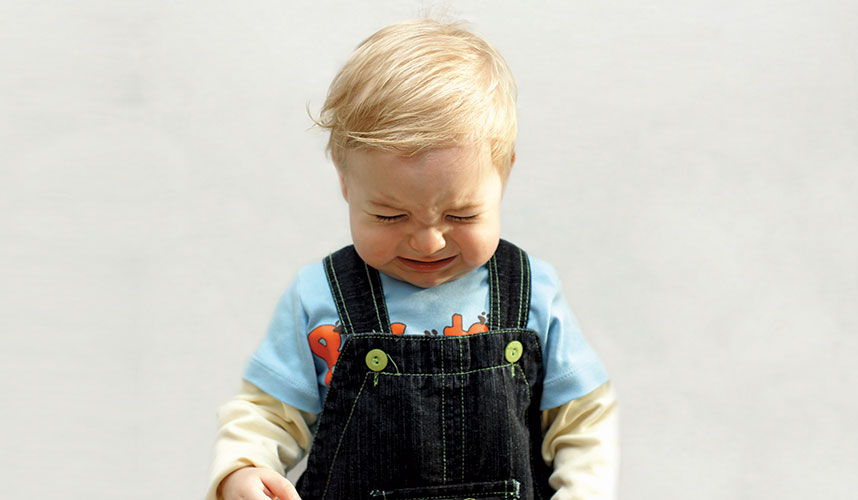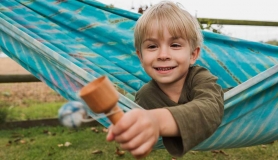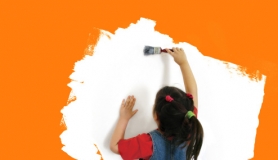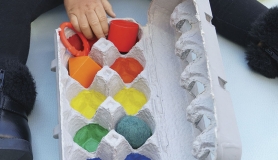When our children get themselves into emotional states of tantrum and tears, their breathing changes dramatically. When they cry the breath resides in the upper chest creating more feelings of panic and distress. Encouraging them to breathe deeply in these times of upset will help them feel calm, relaxed and playful again
HERE ARE A FEW TIPS TO KEEP CALM WHEN ALL IS MAD AROUND YOU
- CHECK YOUR OWN BREATHING: It’s more than likely that when your child is distressed you instantly react and start to shorten your own breathing or even hold your breath. Take a moment. Place your hands on your lower belly. Breathe in, your belly should expand on the inhale - this will indicate a full diaphragmatic breath. When we breathe into our belly this can help us access our parasympathetic nervous system which helps us naturally feel more relaxed. Take five deep breaths, in through the nose and out through the nose. Be present with each breath and let the shoulders relax on the exhalation.
- ALLOW: Let your toddler scream and shout and verbally encourage them to feel these feelings. Reassure them it’s acceptable to feel this way: ‘It’s OK to feel angry, it’s OK to feel upset, it’s OK to feel frustrated,’ and remind them to breathe. Just saying the word ‘breathe’ will eventually help them to understand how important learning to breathe well in times of distress will help them feel calm. I have a lively 19 month boy and he’s often falling over, getting frustrated and sometimes, he lashes out. I’m constantly reminding him to take a deep breath. He understands. He breathes in a very exaggerated fashion through his nose which makes both him and I laugh and diverts his attention from feeling frustrated. I’m not saying he understands every time, nor does he go from ‘mad to zen’ in ten seconds, but the sooner we teach our little ones to breathe in times of distress this will help them throughout their life.
- LET GO AND LAUGH: Separate yourself from the dramatic scene in front of you. Let go of your attachment to this moment. Allow them their own space to let go. You can be in the same room but take a few moments to just sit and let them be in this state. Then try and make them laugh. You know what makes them tick. Do your best to make them laugh. Dance, throw a tantrum yourself (in public if you dare), do anything which you know makes them giggle. This humorous distraction should get them out of a state in no time.
- MIRROR BREATHING: Hold your child close to you. Try and have your belly touching their belly and breathe together. Make sure your breathing is deep and calm (this may take some practice) Breathing in, belly out. Slow everything down. Help them breathe slowly and deeply. Encouraging them to breathe deeply, together with you, will see them feel more relaxed. You can also place your hand on their lower belly (an inch below their navel) and say ‘breathe into my hand’. Breathing consciously and deeply takes time and practice but the key to a more relaxed life really is right under our noses.
MORE INSPIRATION
FIND: Breathing workshops and retreats at thebreathingroom.co.uk
LISTEN: Enchanted Meditations for Kids Christiane Kerr at calmforkids.com







